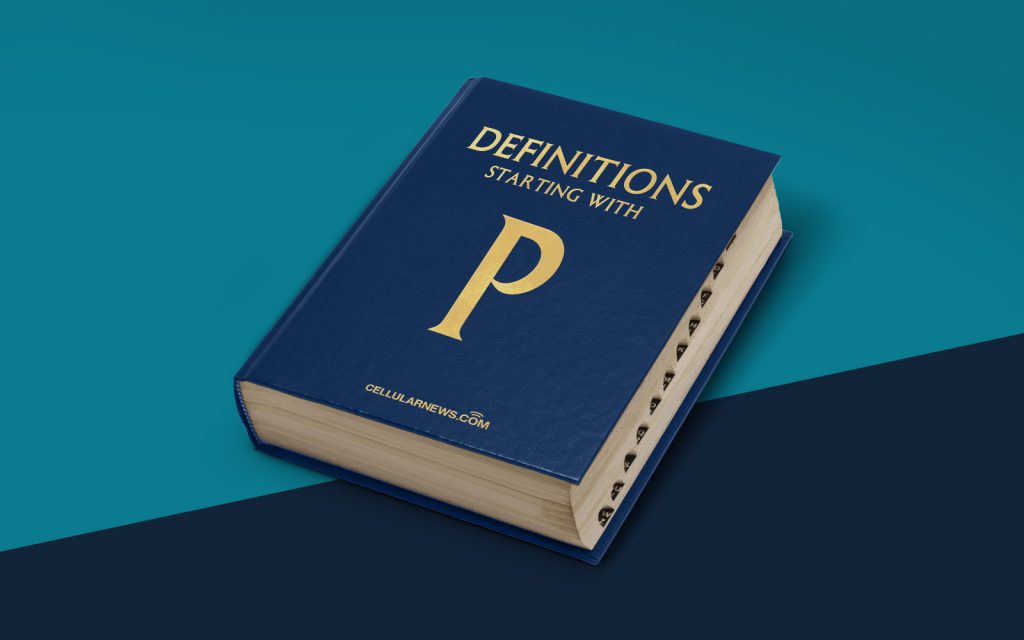
What is PostScript (PS)?
Welcome to our “DEFINITIONS” category, where we break down complex terms and concepts for you in a simple and concise manner. In this post, we will explore the world of PostScript (PS) and unravel its key features and functionalities. Whether you’re a graphic designer, printer, or simply interested in the world of digital documents, understanding PostScript is essential. So, let’s dive into this fascinating technology!
Key Takeaways:
- PostScript (PS) is a page description language developed by Adobe Systems in the 1980s.
- It is widely used in the printing industry for high-quality document rendering and is also utilized in desktop publishing.
PostScript is a versatile and powerful page description language that has become a standard in the printing industry. It was developed by Adobe Systems in the 1980s and revolutionized the world of digital printing. With PostScript, documents can be described and rendered on various output devices, such as printers and displays, consistently and accurately.
So, what exactly does PostScript do? Here are some key features and functionalities you should know:
1. Language of Images and Text:
PostScript is capable of expressing both images and text in a single language. This allows for seamless integration and accurate representation of complex documents, ensuring that what you see on your screen matches the final printed output.
2. Device-Independent Output:
One of the most significant advantages of PostScript is its device-independence. It can create output files that are not tied to a specific printer or display. This means that a PostScript file can be printed on different devices without losing the document’s quality or layout.
Other notable features of PostScript include:
- Scalability: PostScript allows for scalable vector graphics, which ensures that images retain their quality even when resized.
- Color Management: The language supports accurate color reproduction, enabling precise control over hues, tones, and gradients.
- Compatibility: PostScript is widely supported in both hardware and software, making it a reliable and universally accepted file format.
In conclusion, understanding PostScript is crucial for anyone involved in the realm of printing and document rendering. Its ability to accurately represent images and text, device-independence, scalability, and color management features make it an indispensable tool for professionals in graphic design and desktop publishing.
We hope this blog post has shed some light on what PostScript is and how it functions. If you have any further questions or want to dive deeper into this topic, feel free to explore the other resources on our website. Stay tuned for more informative posts in our “DEFINITIONS” category!
